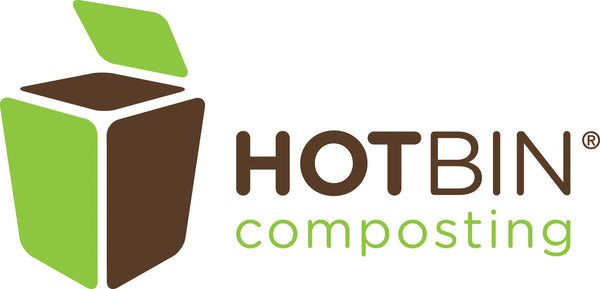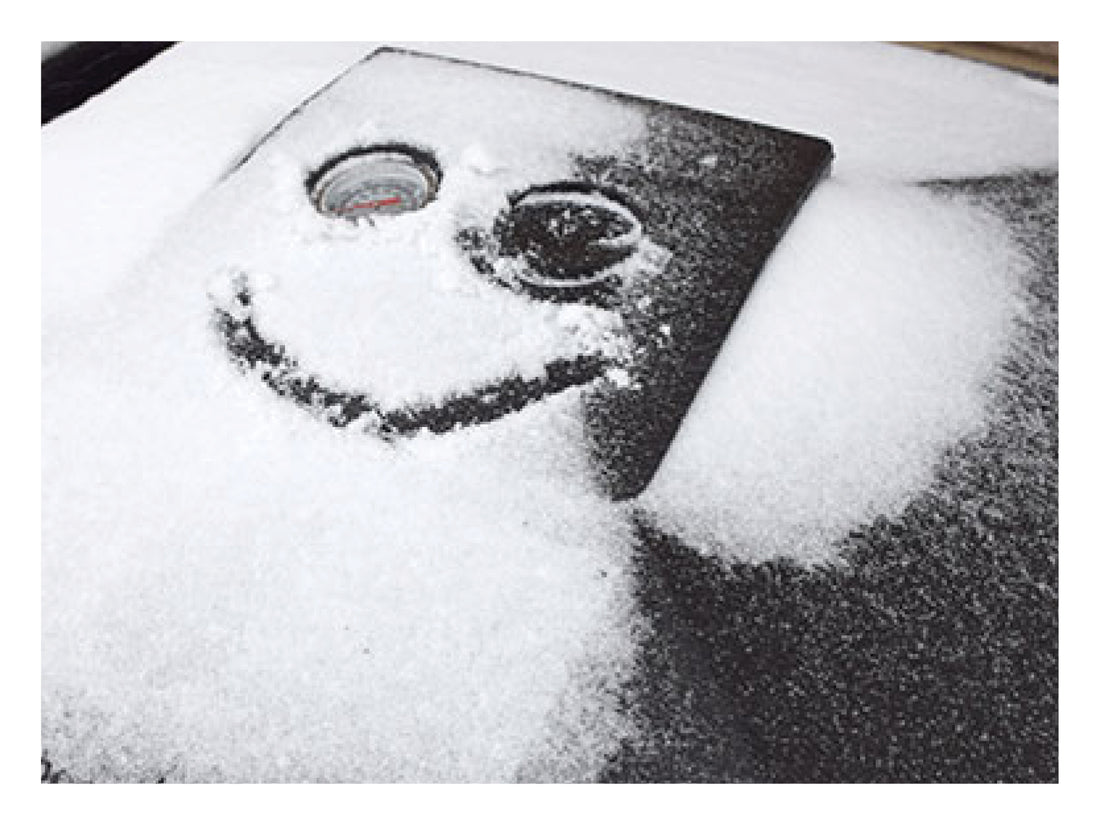For many, Winter seems to lack an obvious supply of compostable garden waste, and kitchen peelings take center stage for the compost bin. If you are struggling to keep your HOTBIN fed and operating between 104-140°F (40-60°C) during the winter months, there may be some hidden waste types lurking in your garden that you may not have thought about composting.
Early Winter (December)
Autumn leaves – if you have any left on the lawn, collect and shred them before adding them to the HOTBIN. To shred them, you can run over them with the lawn mower.
Cut back and compost:
- Remaining herbaceous perennials such as Crocosmia and Paeonia to soil level and gently trim perennials showing new basal shoot growth such as Asters.
- Summer flowering shrubs such as Buddleia, Lavatera and Hydrangea.
- Blackberry bushes & hybrids.
Clear away debris or dead plants from the summer vegetable crops & containers and compost.
Prune:
- Top branches and fruit spurs of open grown fruit trees such as apple and pear (do not prune plum, cherry and greengages) – don’t remove more than 20% of the crown.
- Grape vines.
- Woody plants prone to bleeding such as Mulberry, Birches, Acers and Walnuts.
- Bush roses.
Mid-Winter (January)
Prune:
- Gooseberries, redcurrants & white currants back to 8-10 main branches, taking off roughly ½ of last year’s growth.
- ¼ of the old, weak or unproductive stems of blackcurrants.
- Wisteria – prune current season’s growth back to within 2-3 buds of older wood
Cut back the foliage on your Iris.
Late-Winter (February)
Prune:
- Stems of overwintering Fuchsia to 2 healthy buds to encourage new spring growth
- Side shoots of Campsis to within 2-3 healthy buds
Cut back:
- Winter flowering Heather.
- Late summer & autumn flowering Clematis to their lowest pair of strong buds.
- Deciduous ornamental grasses.
- Autumn fruiting raspberry stems to ground level.
- In mild weather, cut the lawn on the highest blade setting.
All of the garden pruning's and cut backs suggested above can be added into your HOTBIN (with or without food waste) and can help to feed the hot composting bacteria during winter. For larger pieces of waste, we would recommend roughly chopping them up with some secateurs or putting them through the garden shredder (if you wish) before adding into the HOTBIN to help speed up the rate of decomposition. Don’t forget to add your shredded paper and bulking agent too!
Using Compost in Winter
For some, winter is also a time to start providing the beds and borders with some tender loving care. If you’ve got compost to harvest, why not use some of it to mulch the borders, veg patch and fruit cage and give everything a nutrient boost in time for spring!
Check out our advice for using the kick start bottle during winter.

